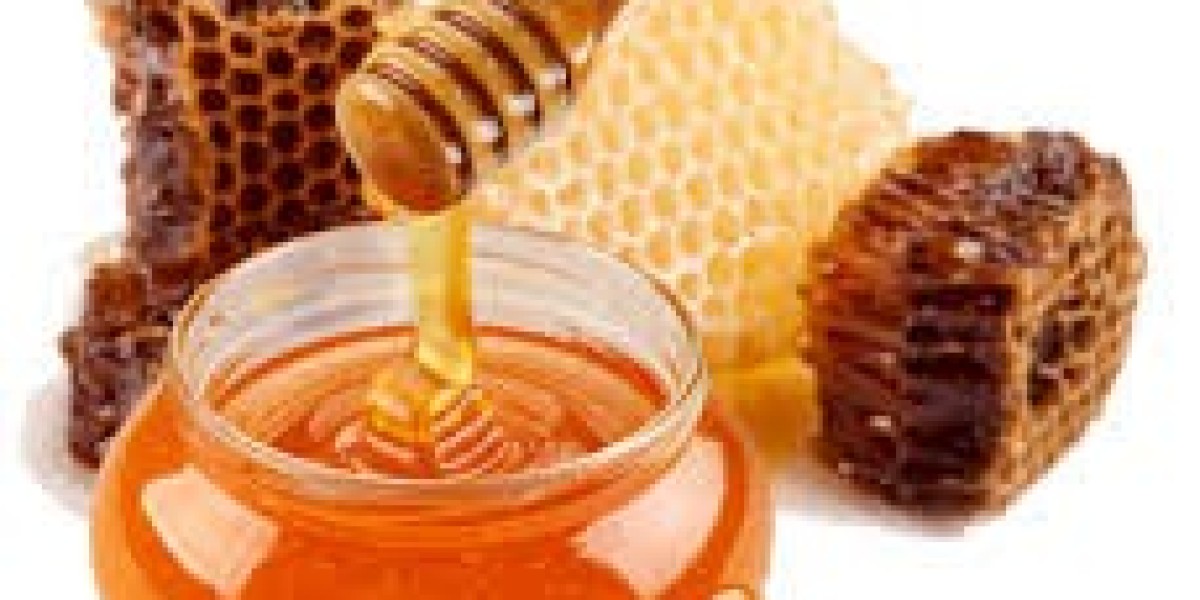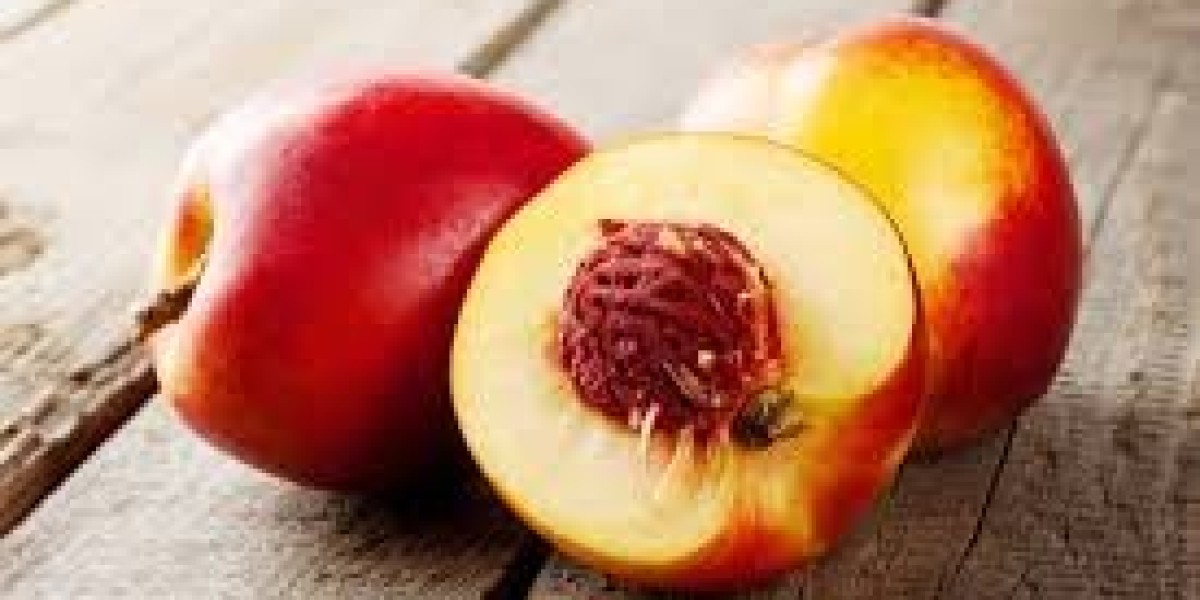1. Harvesting Honey
- Timing: The honey is harvested when it is fully ripened, typically when the honey cells in the hive are capped by the bees.
- Tools: Beekeepers use a smoker to calm the bees, and then carefully remove the honey frames from the hive using a hive tool.
2. Uncapping
- Purpose: The honeycomb is sealed with a wax cap by bees to preserve the honey. Before extracting honey, these caps need to be removed.
- Tools: Beekeepers use an uncapping knife or uncapping fork to carefully slice off the wax caps from the honeycomb.
3. Honey Extraction
- Method: The uncapped honeycombs are placed in an extractor, a centrifugal machine that spins the frames. The centrifugal force pulls the honey out of the comb.
- Draining: After extraction, the honey drains into a collection bucket or container.
4. Filtering
- Purpose: Honey often contains small bits of wax, bee parts, and other debris. Filtering helps remove these impurities.
- Process: The honey is passed through a fine mesh or filter, usually a cheesecloth or nylon filter. This removes larger particles and some smaller debris.
- Straining: In some cases, honey is strained multiple times to ensure its purity.
5. Settling
- Purpose: After extraction and filtering, honey may contain tiny air bubbles and residual particles that need to settle.
- Process: The honey is left to sit for a period (usually 24–48 hours) in a container to allow any remaining air bubbles or fine particles to rise to the top, where they can be skimmed off.
6. Bottling
- Process: After the honey has settled and is free of impurities, it is carefully poured into jars or bottles.
- Storage: Honey is then sealed in containers and labeled for sale or consumption. It should be stored in a cool, dry place to preserve its quality.
7. Optional: Pasteurization (if needed)
- Purpose: Some commercial honey producers pasteurize the honey to kill any remaining yeast and to prevent crystallization.
- Method: The honey is heated to about 70°C (160°F) for a short period, and then cooled quickly. However, many prefer raw honey, which is unpasteurized to preserve enzymes and natural properties.
Key Considerations:
- Honey Purity: During the purification process, it’s important to ensure that no foreign substances (like contaminants or additives) enter the honey.
- Crystallization: Honey naturally crystallizes over time. This process can be slowed but not stopped completely. If you prefer liquid honey, gently heating the honey can re-liquefy it.
- Raw vs. Processed Honey: Raw honey, which is minimally filtered, retains more of its natural enzymes, vitamins, and minerals. Processed honey may undergo additional steps to improve its appearance or extend shelf life.
This purification process ensures the honey is clean, safe, and enjoyable to eat!



